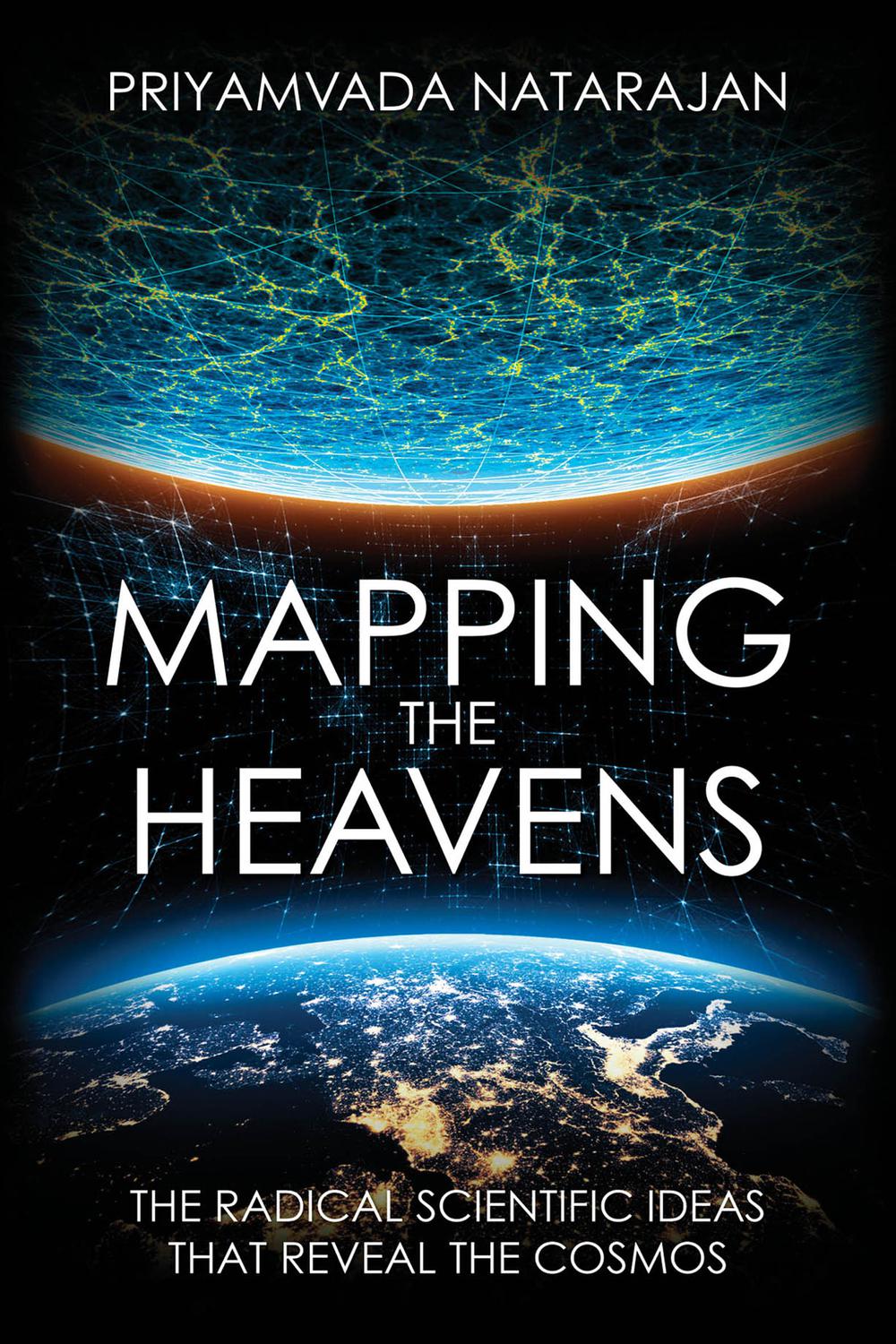1. An Enhanced Massive Black Hole Occupation Fraction Predicted in Cluster Dwarf Galaxies
- Author
-
Michael Tremmel, Angelo Ricarte, Priyamvada Natarajan, Jillian Bellovary, Ray Sharma, and Thomas R. Quinn
- Subjects
Astronomy ,QB1-991 ,Astrophysics ,QB460-466 - Abstract
The occupation fraction of massive black holes (MBHs) in low mass galaxies offers interesting insights into initial black hole seeding mechanisms and their mass assembly history, though disentangling these two effects remains challenging. Using the {\sc Romulus} cosmological simulations we examine the impact of environment on the occupation fraction of MBHs in low mass galaxies. Unlike most modern cosmological simulations, {\sc Romulus} seeds MBHs based on local gas properties, selecting dense (n>3 cm^-3, 15 times the threshold for star formation), pristine (Z3), a difference arises as late-forming dwarfs -- which do not exist in the cluster environment -- begin to dominate in the field and pull the MBH occupation fraction down for low mass galaxies. Additionally, prior to in-fall some cluster dwarfs are similar to progenitors of massive, isolated galaxies, indicating that they might have grown to higher masses had they not been impeded by the cluster environment. While the population of MBHs in dwarf galaxies is already widely understood to be important for understanding MBH formation, this work demonstrates that environmental dependence is important to consider as future observations search for low mass black holes in dwarf galaxies.
- Published
- 2024
- Full Text
- View/download PDF
